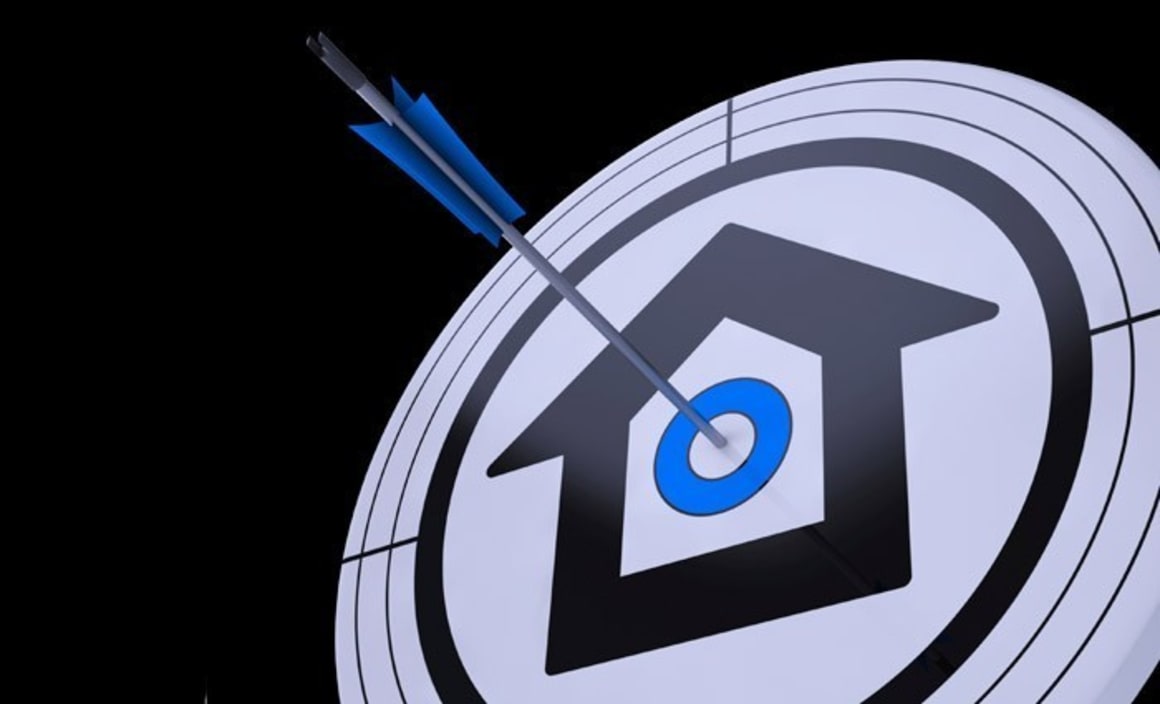The 28 suburbs tipped to enjoy above average 2015 price growth: NAB Economics survey

Brisbane (5.7%) and Sydney (4.1%) are expected to lead the market for capital growth in capital cities over this year, followed by Melbourne (2.7%), Adelaide (2.1%) and Perth (1.8%).
Then in 2016 the NAB Group Economics forecast Brisbane (3.8%), Sydney (2.3%) and Melbourne (2.3%) to remain the best cities for capital gains in the year to end-2016, with house prices rising by just 2.2% in Adelaide and 1% in Perth.
The latest NAB report identified 28 suburbs within the capitals that are tipped to enjoy above average capital growth (click on the suburb name below to go to CoreLogic RP Data suburb data page).
No reasons are given for the selection. The forecast comes from a survey questionnaire on the Australian residential market to around 300 industry panellists.
NEW SOUTH WALES
QUEENSLAND
VICTORIA
SOUTH AUSTRALIA
WESTERN AUSTRALIA
But with more signs emerging that the residential housing market is loosing steam, NAB Economics expects overall average capital city house prices to cool to around 4% over the year to end-2015 and 2% over the year to end-2016.
"Our assessment of the market remains that house price growth will continue to moderate because of rising unemployment, sluggish household income growth, affordability concerns, cost of living pressures and high levels of household debt," the report said.
"We are also forecasting two further interest rates cuts of 25 basic points in March and 25 bps in August 2015 (bringing the official cash rate down to 2%) which should support house prices a little more than previously expected."
The latest report shows the NAB Residential Property Index falling as house price expectations pared back and rents weaken.
The sentiment was softer in all states and still deeply negative in WA.
Survey highlights:
- NAB Residential Property Index fell to +12 points in Q4 (+19 in Q3). NSW overtook QLD as strongest state; sentiment notably lower in SA/NT and still deeply negative in WA. QLD and VIC most optimistic looking forward and WA weakest by some margin.
- Outlook for house prices over next one to two years pared back in all states (NAB also expects price growth to slow). Expectations for rents unchanged, with mildly stronger expectations in VIC and QLD masking softer outlooks in NSW and SA/NT.
- Foreign buyers in new property markets less active in all states, except VIC where they accounted for 32.5% (or one in three) of all sales - a new high. Around 17% of first home buyers in the new property market were for owner occupation and 8% for investment.
- Around 53% of foreign purchases were for apartments, 31% for houses and 16% for re-development. By price point, 40% of purchases were between $500,000 to less than $1 million and 29% less than $500k. Around 5% were for premium property ($5 million plus).
- Housing affordability, construction costs and a lack of development sites seen as the biggest constraints in new housing market, while employment security and price levels the biggest impediment to buying established property.
- Established property dominated by owner occupiers (42.6%). Local investors account for 22% of total demand, with FHBs (owner occupier) 16.1% with FHBs (investor) 9.3%. Foreign buyers more active (8.7%), led by NSW (11.3%) and VIC .(12.8%).
- Prospects for capital growth over the next 12 months were pared back at all price ranges in both the established housing and apartment markets in Q4, except for apartments valued between $1-2 million.